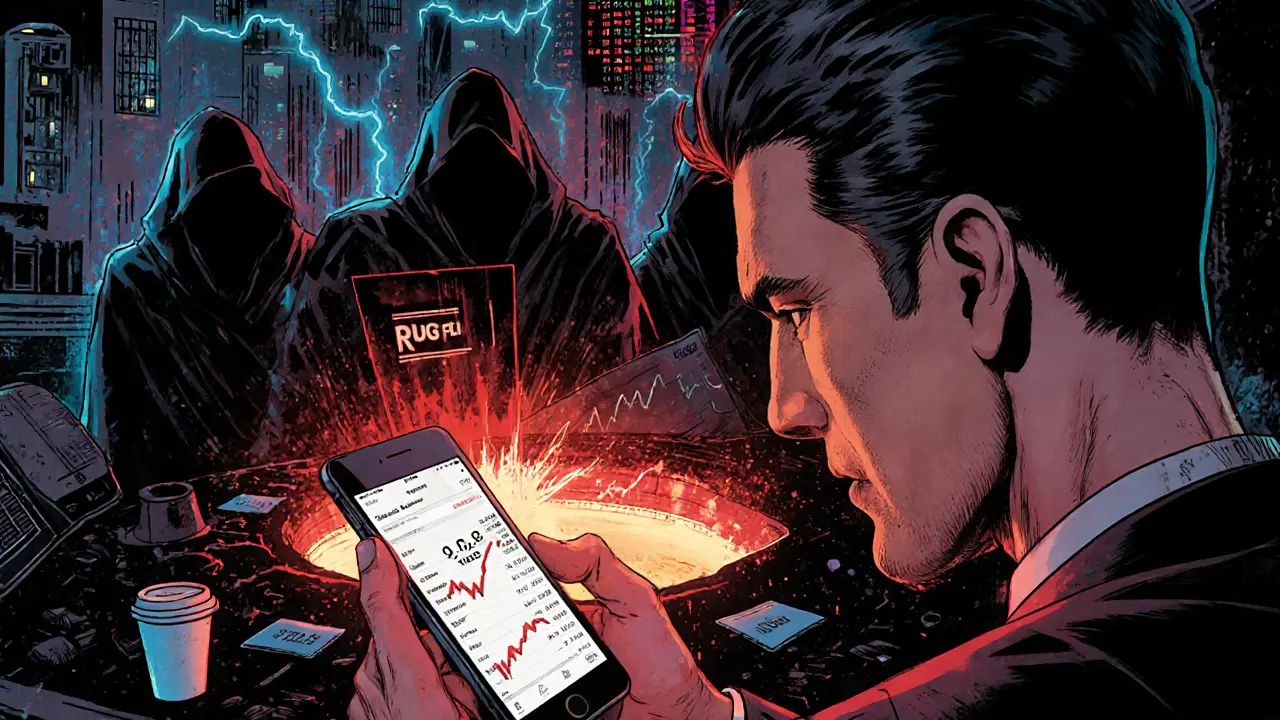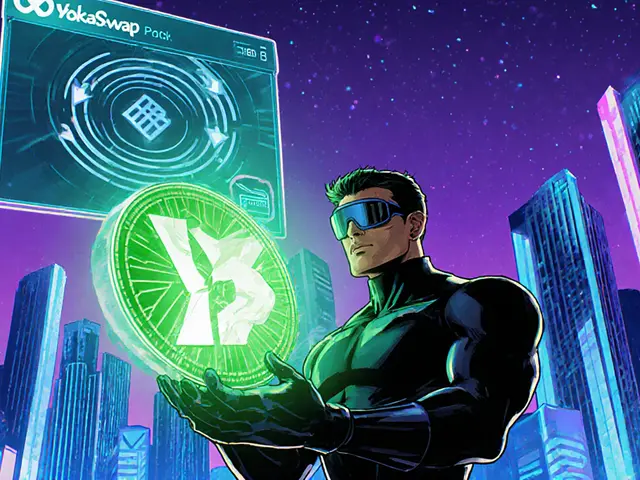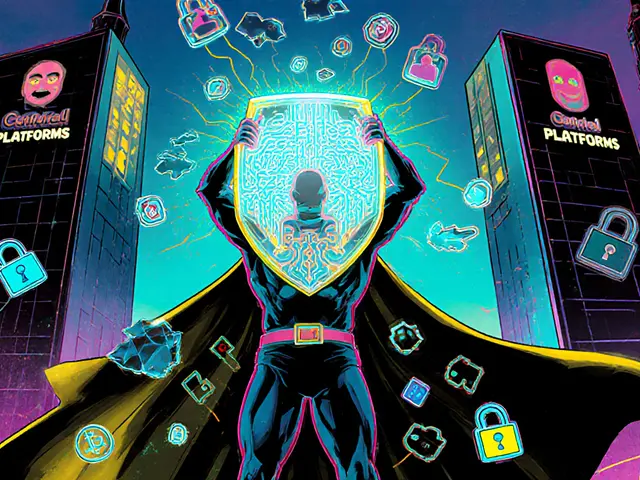Crypto Exit Scam: How Scammers Vanish With Your Money and How to Avoid Them
When you hear about a crypto exit scam, a fraudulent scheme where developers abandon a project after taking investors’ money, it’s not just a headline—it’s a real loss. People lose life savings to these scams every week. These aren’t theoretical risks. They’re happening right now, often disguised as the next big DeFi project, a high-yield staking platform, or a viral meme coin with promises of 100x returns. Once the money floods in, the devs disappear—shutting down websites, deleting social accounts, and cutting off all communication. No warning. No apology. Just silence.
This isn’t random. rug pull, a specific type of crypto exit scam where liquidity is drained from a decentralized exchange pool is one of the most common tactics. Developers create a token, list it on a DEX, lock just enough liquidity to look legit, then pull the entire pool—leaving investors with worthless tokens. In 2024 alone, over $1.2 billion was stolen this way, according to blockchain forensics firms tracking wallet movements. And it’s not just small projects. Even platforms that looked like serious exchanges, like ParamountDax, a platform later exposed for hiding team identities and lacking transparent audits, turned out to be fronts for exit scams. These operations often mimic real exchanges, copy legitimate UIs, and use fake testimonials to build trust.
What makes these scams so dangerous is how they exploit hope. You see a token pumping, hear about users making quick profits, and think, "I don’t want to miss out." But the signs are there if you know where to look. No public team? Red flag. No code audit from a known firm? Red flag. Liquidity locked for less than 30 days? Red flag. And if the project pushes you to hurry—"limited time offer," "only 100 spots left"—that’s not urgency, it’s manipulation. Real projects don’t rush you. They give you time to research.
Some of the worst cases come from places like Myanmar and North Korea, where organized crime groups run massive scam networks. These aren’t lone coders. They’re teams with call centers, fake customer support, and even forced labor. The Myanmar crypto scam, a network that used romance scams and fake investment platforms to steal nearly $10 billion is just one example. They don’t just steal crypto—they steal trust, time, and sometimes lives.
So what can you do? First, never invest more than you can afford to lose. Second, check the team. Are they real people with LinkedIn profiles? Or are they just avatars? Third, look at the token’s liquidity. Is it locked on a trusted platform like DxLock or Team Finance? Fourth, read the community. Are people asking real questions and getting real answers? Or is it just hype and bots? And finally, if something feels too good to be true—it is.
The posts below show you exactly how these scams unfold. From fake exchanges that vanish overnight to tokens with no utility and no team, you’ll see the patterns before they hit your wallet. You’ll learn how to spot the red flags in exchange reviews, how to tell if an airdrop is real or a trap, and how even "legit" platforms like SushiSwap or Decaswap can be confused with frauds if you don’t dig deeper. This isn’t about fear. It’s about awareness. And the more you know, the less likely you are to become the next victim.

A rug pull is a crypto scam where developers trick investors by launching a fake token, pumping its price, then disappearing with the funds. Learn how they work, the red flags to spot, and how to protect yourself from losing everything.
Continue Reading





